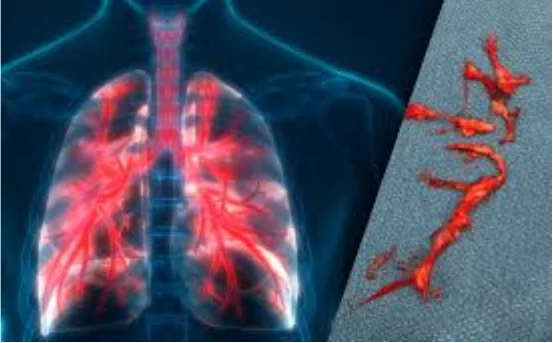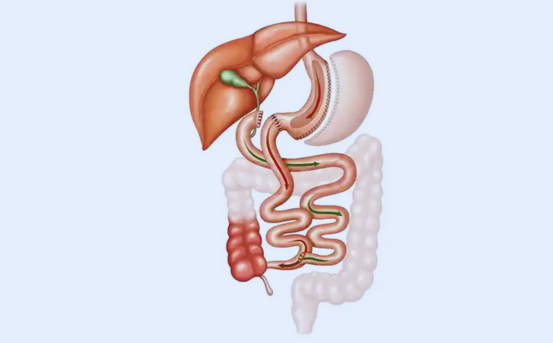Pulmonary Endarterectomy (PEA) is a complicated surgical procedure that is performed to treat chronic Thromboembolic Pulmonary Hypertension (CTEPH) -an uncommon form of hypertension in the lungs, caused by old, unsolved blood clots. Before considering this procedure an accurate and thorough diagnosis for pulmonary endarterectomy is required to determine if the patient is a suitable candidate for the procedure.
Why Accurate Diagnosis Matters
The importance of identifying CTEPH early is because it is possible for the condition to be misdiagnosed with other forms of pulmonary hypertension or asthma. Because diagnosis for Pulmonary Endarterectomy is a highly skilled and complex surgical procedure an accurate and thorough diagnosis guarantees:
- The patient has actually got operable CTEPH
- The condition isn’t too advanced for surgery
- The advantages of surgery far outweigh the dangers
Incorrect diagnosis of CTEPH can result in delays in treatment, worsening of disease and worse outcomes.
Common Symptoms Indicating a Need for Diagnosis
Patients who ultimately undergo a Pulmonary Endarterectomy typically suffer from symptoms that are not specific but gradually worsen with time. This includes:
- Breathlessness, particularly when exercising
- The weakness and fatigue of the body
- The legs are swelling and the ankles (edema)
- Pressure or pain in the chest
- Heart palpitations
- The condition can cause a fainting (syncope) in extreme instances
Because these symptoms are common to numerous lung and heart conditions A thorough diagnosis is necessary to identify CTEPH as the reason.
Initial Clinical Evaluation
The diagnosis is made after a thorough medical history as well as a physical exam. Doctors frequently ask questions about:
- The history of an embolism in the pulmonary tract (PE)
- Past blood clotting disorders
- Prevalence of autoimmune disorders
- A shaky, uneasy breathing pattern
A physical examination may be able to detect an increase in pulmonary volume or swelling, or indications of a right-sided heart strainany of which could indicate pulmonary hypertension.
Echocardiography: The First Step
The initial diagnostic imaging tool employed is typically an transthoracic echocardiogram (TTE). The test is used to identify:
- Pressure in the pulmonary artery has been elevated.
- The right ventricle is enlarged.
- A reduced right heart function
Although an echocardiogram isn’t able to confirm CTEPH however, it does raise the possibility of suspicion and may prompt more precise testing.
Ventilation-Perfusion (V/Q) Scan: The Gold Standard Screening Test
- A V/Q scan is the standard of care for detecting CTEPH. It detects ventilation-perfusion mismatches — areas of the lung that are ventilated but not perfused due to chronic blood clots.
- A incorrectly matched V/Q scanner strongly indicates CTEPH and the possible necessity to undergo Pulmonary Endarterectomy. In contrast to CT scans which are highly sensitive to this condition, the V/Q scan highly sensitive to the presence of this condition.
CT Pulmonary Angiography (CTPA)
When a V/Q test indicates an issue, CT Pulmonary Angiography is performed to examine the pulmonary blood vessels. CTPA aids in:
- Identifying thrombi that are organized (blood clots)
- Examining the size and distribution of blocks
- The identification of inoperable distal diseases
CTPA is vital in pre-surgical planning. It can help in the elimination of other lung disorders.
Right Heart Catheterization
To verify pulmonary hypertension and determine the intensity of the pressure, a right-sided catheterization is conducted. This procedure is non-invasive and gives exact information regarding:
- Pressure in the pulmonary artery (PAP)
- Right atrial pressure and ventricular pressure
- Cardiac output as well as pulmonary vascular resistance
This test is essential to determine if there is a surgical reason to undergo Pulmonary Endarterectomy.
Pulmonary Angiography: The Definitive Diagnostic Tool
For those who are candidates for surgery A pulmonary angiogram is thought to be the most reliable test. It can provide:
- High-quality, detailed photos of the pulmonary tree of the artery
- It is difficult to pinpoint the exact where chronic thromboembolic lesions are located
- It is determined whether the disease is widespread (operable) as well as peripheral (inoperable)
A pulmonary angiography procedure is typically performed at centers that specialize in pulmonary endarterectomy as a part of the pre-operative examination.
Additional Tests
To evaluate the general fitness for surgery, and rule out any other reasons, surgeons may recommend:
- Pulmonary Function Tests (PFTs)
- Blood coagulation studies
- Test of walking for 6 minutes (to determine the exercise capacity)
- Cardiac MRI to assess right-sided cardiac structure, function and functions
- Lung biopsy (in rare instances to rule out other diseases)
They aid in the final diagnosis and ensure the safety of surgery.
Multidisciplinary Evaluation
Diagnostics for Pulmonary Endarterectomy may not be enough without a the multidisciplinary team (MDT) assessment, which is typically comprising:
- Pulmonologists
- Cardiologists
- Radiologists
- Surgeons for the cardiothoracic
The experts collaborate to determine the cause of the problem and determine if Pulmonary Endarterectomy is the ideal therapeutic option.
Conclusion
The process of determining whether you need to undergo a Pulmonary Endarterectomy involves a multi-step process that is highly specialized and requires expert assessment and advanced imaging. From minor symptoms to advanced diagnostic tools such as V/Q scanners, pulmonary angiograms each step makes sure that only the best candidates are admitted to surgery increasing the outcomes and health quality.
If you or someone else in your family is experiencing breathlessness that is not explained and is suffering from blood clots, consult an expert. An early and accurate diagnosis can save lives.























